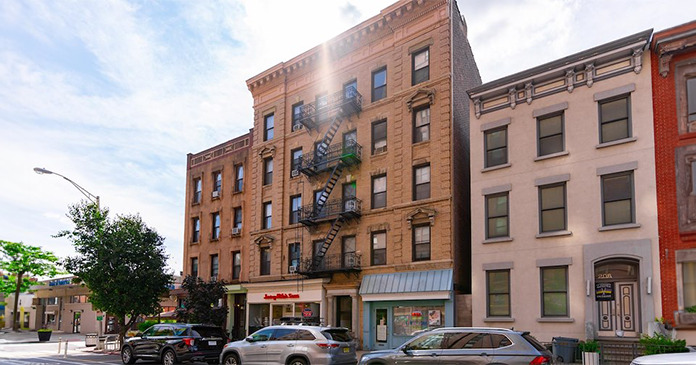On January 9, HUD proposed changes to how they calculate Section 8 income limits. The summary of the change as posted on the Regulations.gov website read in part: “The United States Housing Act of 1937 provides for assisted housing for ‘low-income families’ and ‘very low-income families.’ These designations are defined as percentages of area median family income and are known as income limits. Since FY 2010, HUD has limited the increase from year to year in its income limits as the higher of five percent or twice the percentage change in national median family income. This notice adds an express stipulation that the annual income limit increase may never exceed ten percent.”
The notice notes that “several programs, most notably the Low-Income Housing Tax Credit (LIHTC), use Section 8 income limits to determine eligibility and rent levels for low-income households.” Therefore, the new cap effectively also caps rent increases for LIHTC properties at 10 percent.
In a related change, HUD also intends to base their estimates of national median family income on data from the Census Bureau’s American Community Survey (ACS) without attempting to adjust the data for inflation as was done between 2010 and 2021. However, there are lags in gathering and processing the ACS data so that the most recent data available is from 2 years ago. Therefore, the 2024 income limits would be based on ACS data for 2022. This may affect who is eligible for assistance, particularly in periods of high inflation.
The cap on income limit adjustments affects two groups of people. The first is renters whose incomes rise faster than the new maximum annual income limit increase. They may have qualified for assistance under the old income limit rules but find themselves to be ineligible under the new rules. The second is property owners who find their costs rising faster than 10 percent per year and discover that they cannot now raise rents enough to recover those increased costs.
People whose incomes are rising at less than 10 percent, even during periods of high inflation, would benefit from the new rule since rent increases for the properties where they live would be less likely to greatly outpace their income growth.
During the comment period which ended February 8, a who’s who of multifamily industry players provided comments pointing out the negative consequences of the new rule. These included Affordable Housing Tax Credit Coalition, Council for Affordable and Rural Housing, Institute of Real Estate Management, Mortgage Bankers Association, National Affordable Housing Management Association, National Apartment Association, National Association of Affordable Housing Lenders, National Association of Home Builders, National Leased Housing Association and National Multifamily Housing Council. In addition, Fountainhead Management, Inc. commented that HUD does not have the statutory authority to impose the income cap.
In response to the planned rule change, Bob Broeksmit, President and CEO of the Mortgage Bankers Association said, “The LIHTC program is the federal government’s most successful tool to construct and rehabilitate housing for low- and moderate-income households. If the Administration imposes unworkable rent caps on LIHTC programs, it will severely suppress – if not kill – the program. Such a move is puzzling and contradicts many of the Administration’s other efforts to increase affordable rental housing.”













